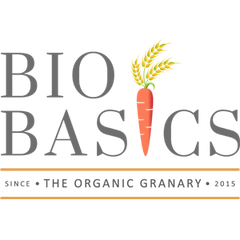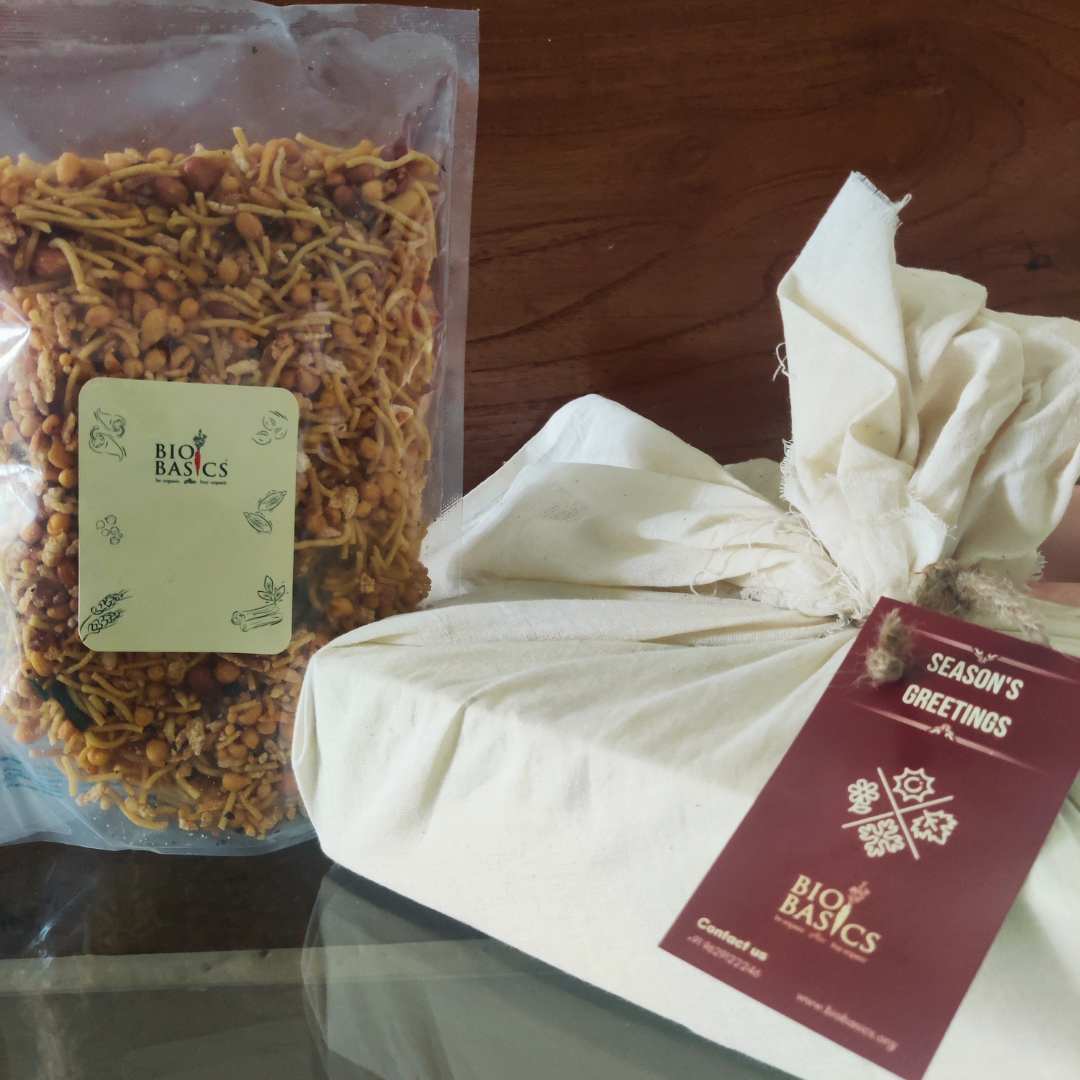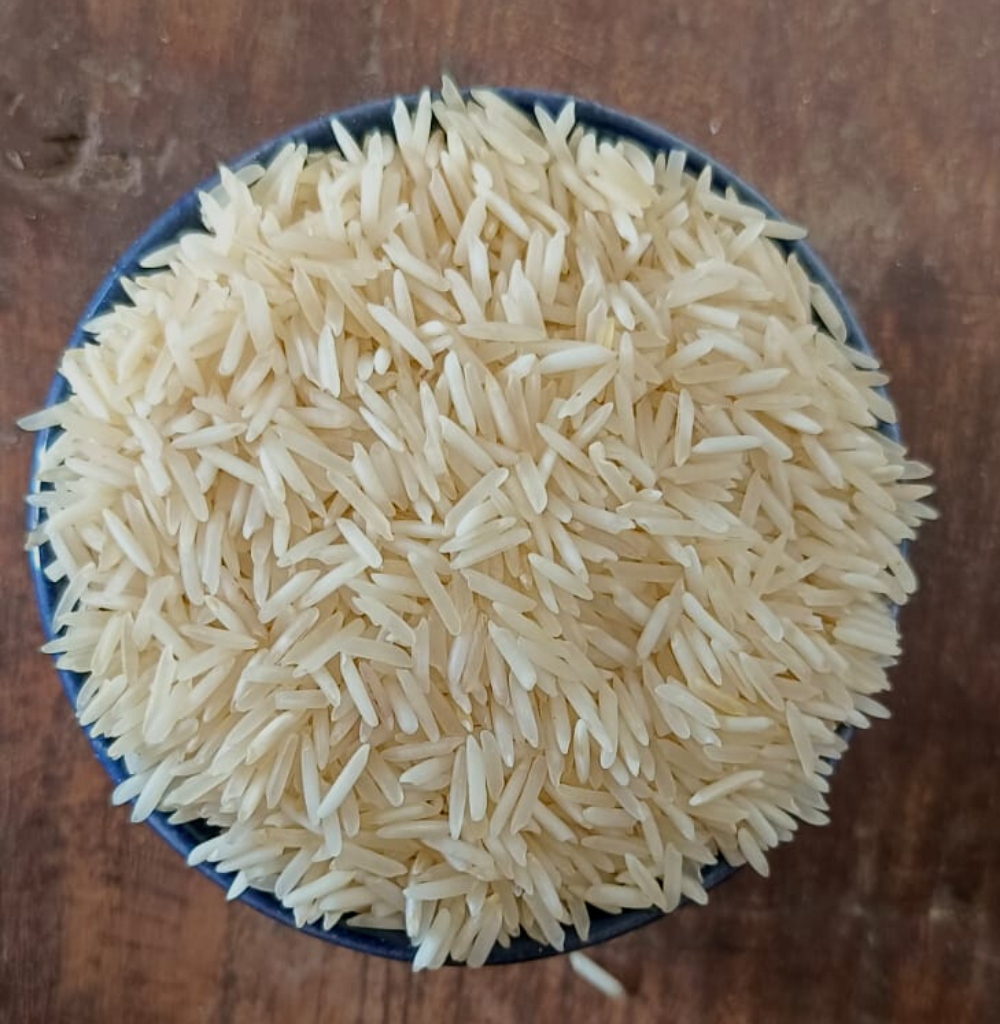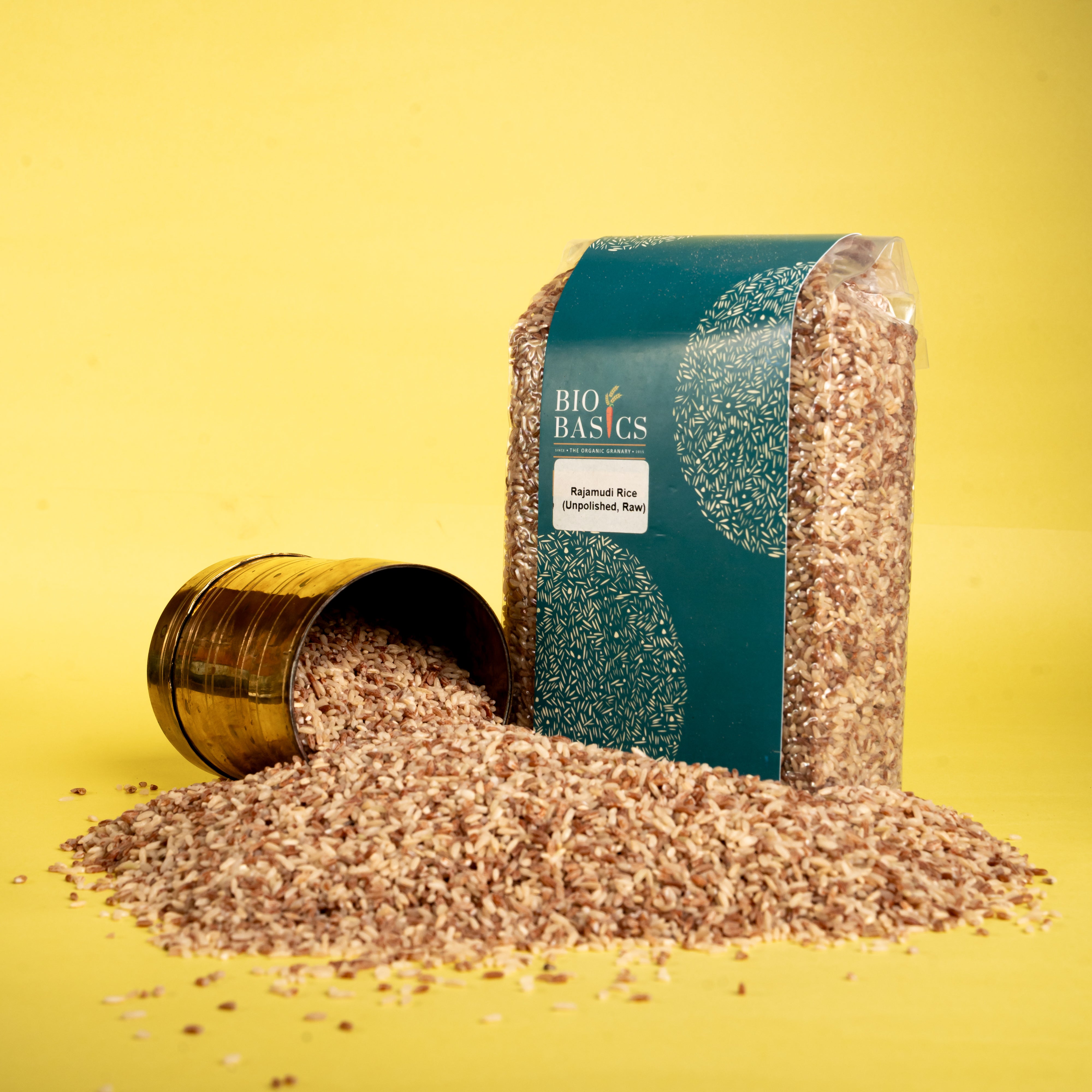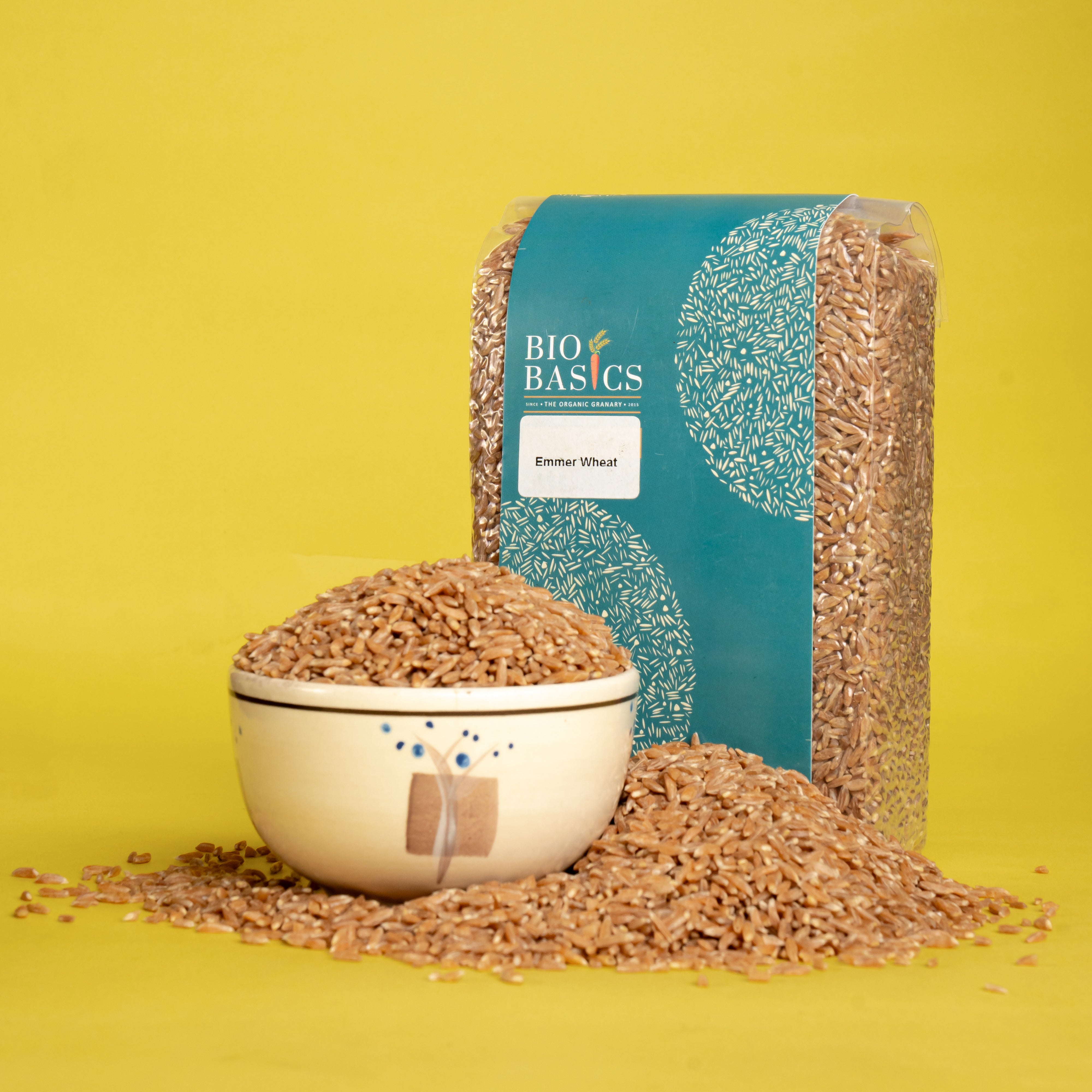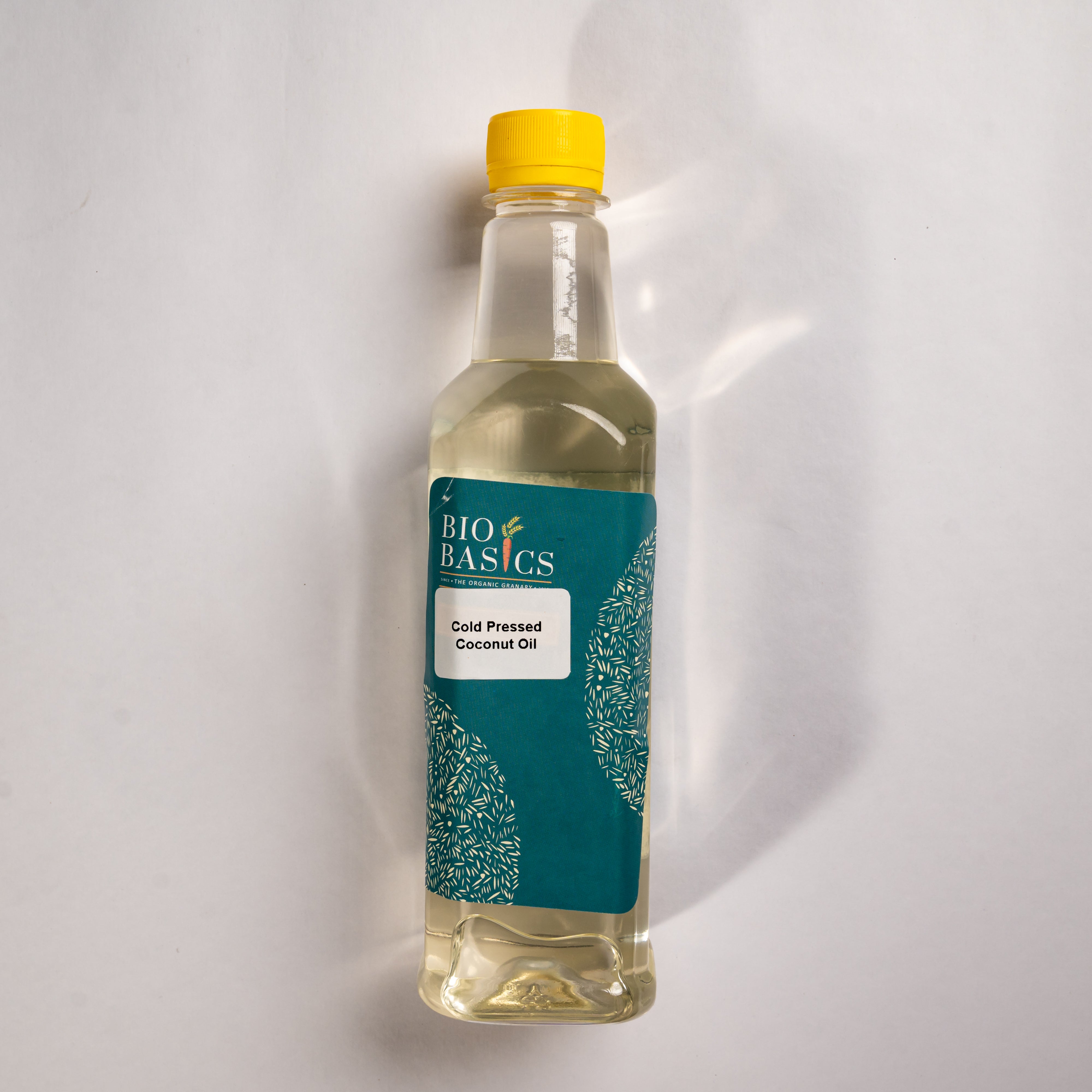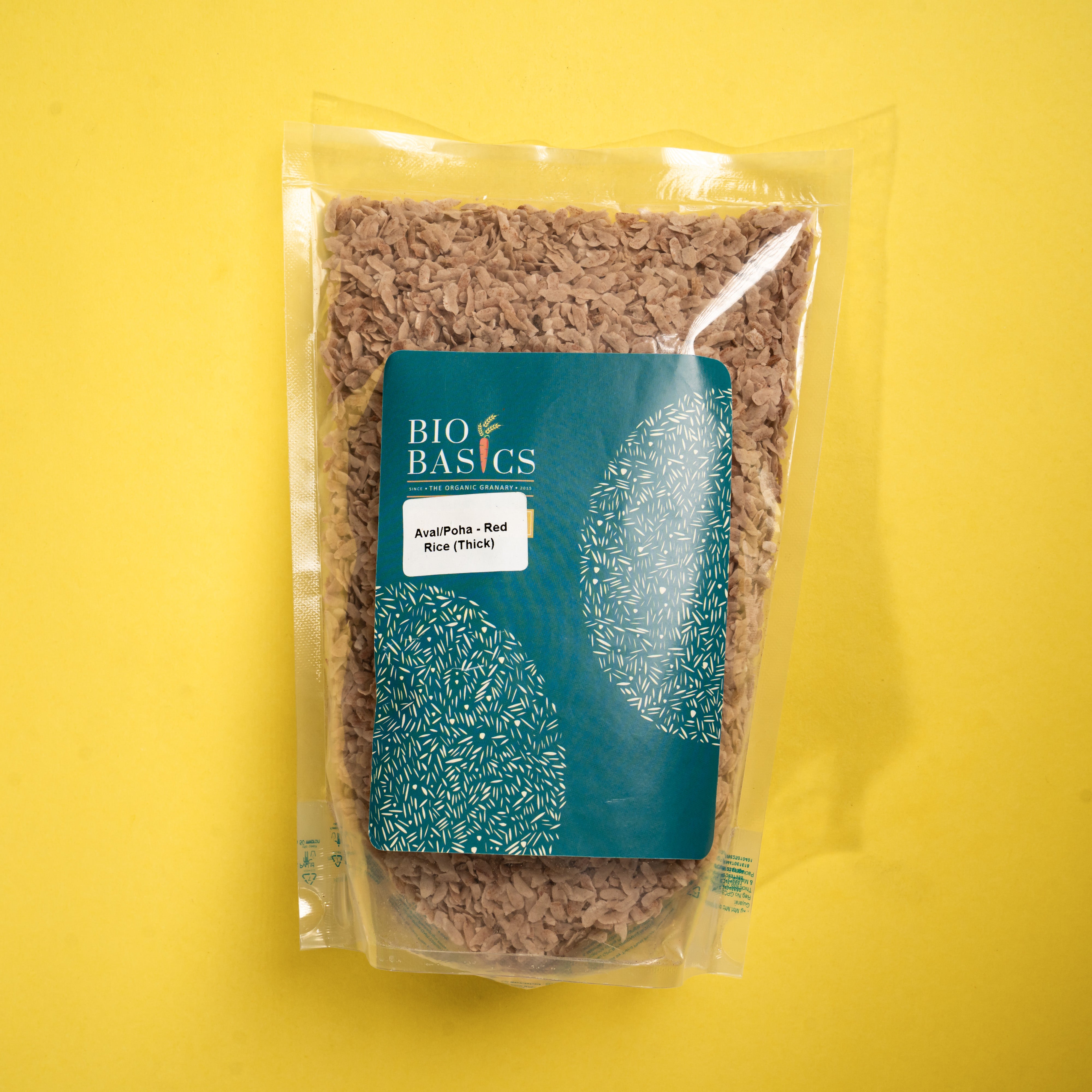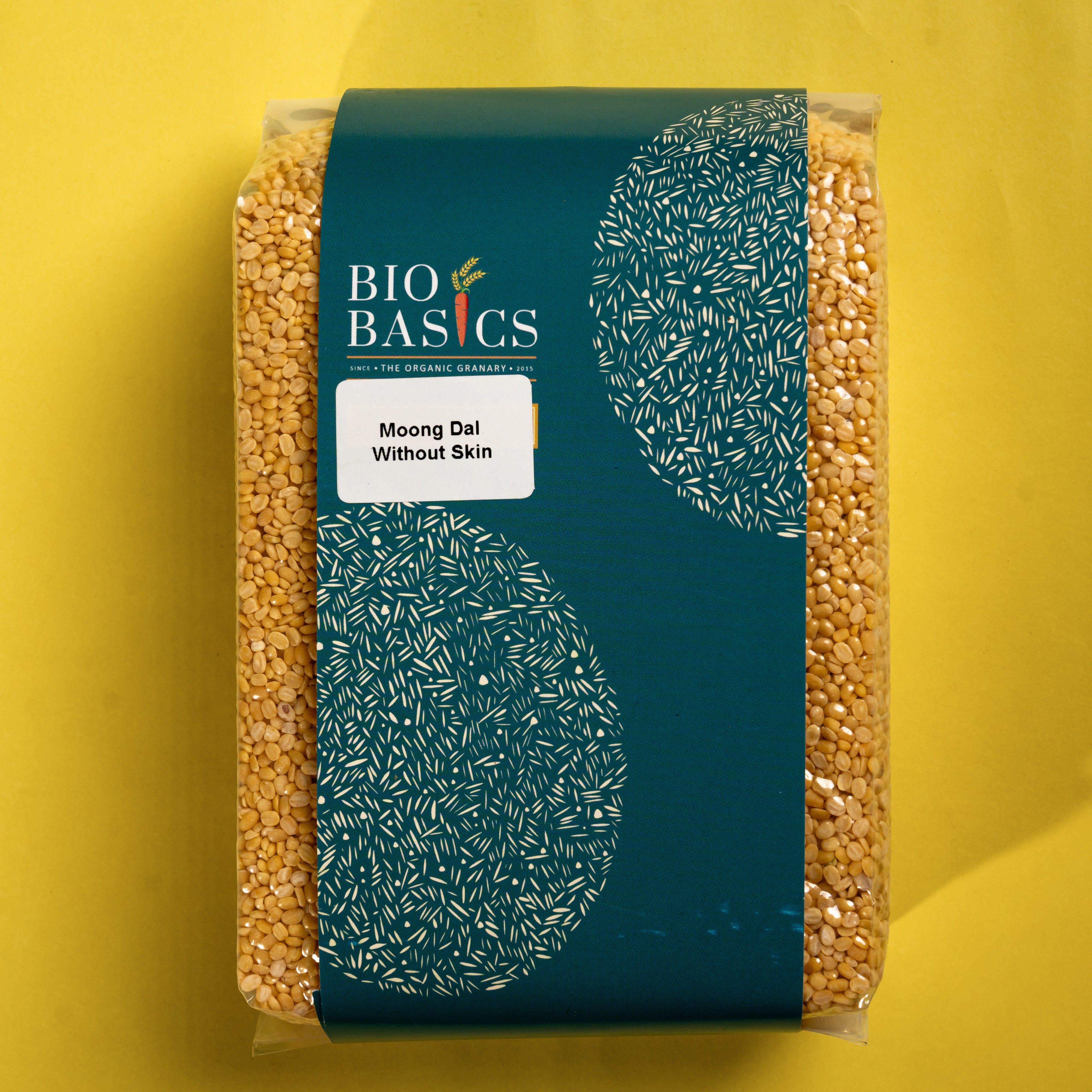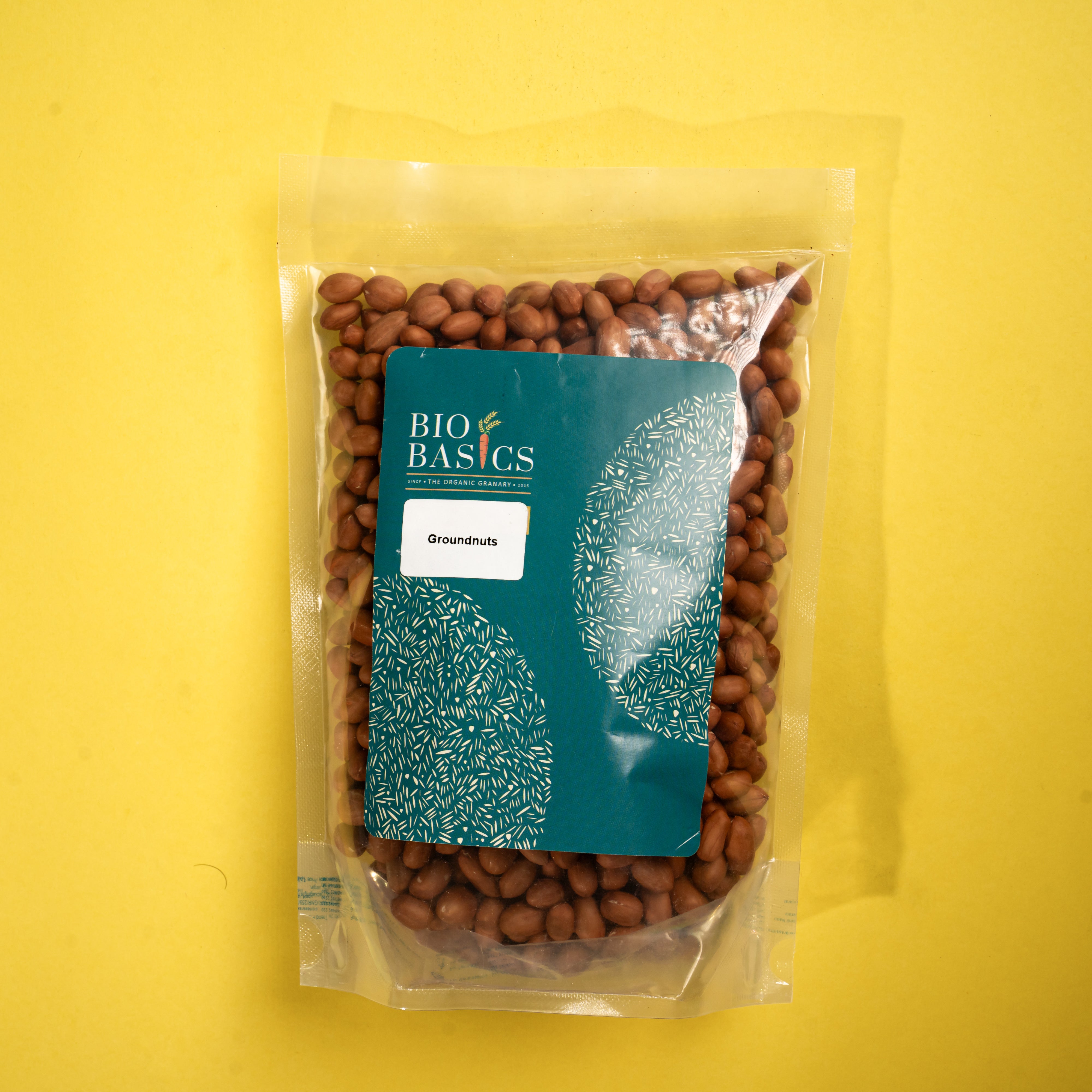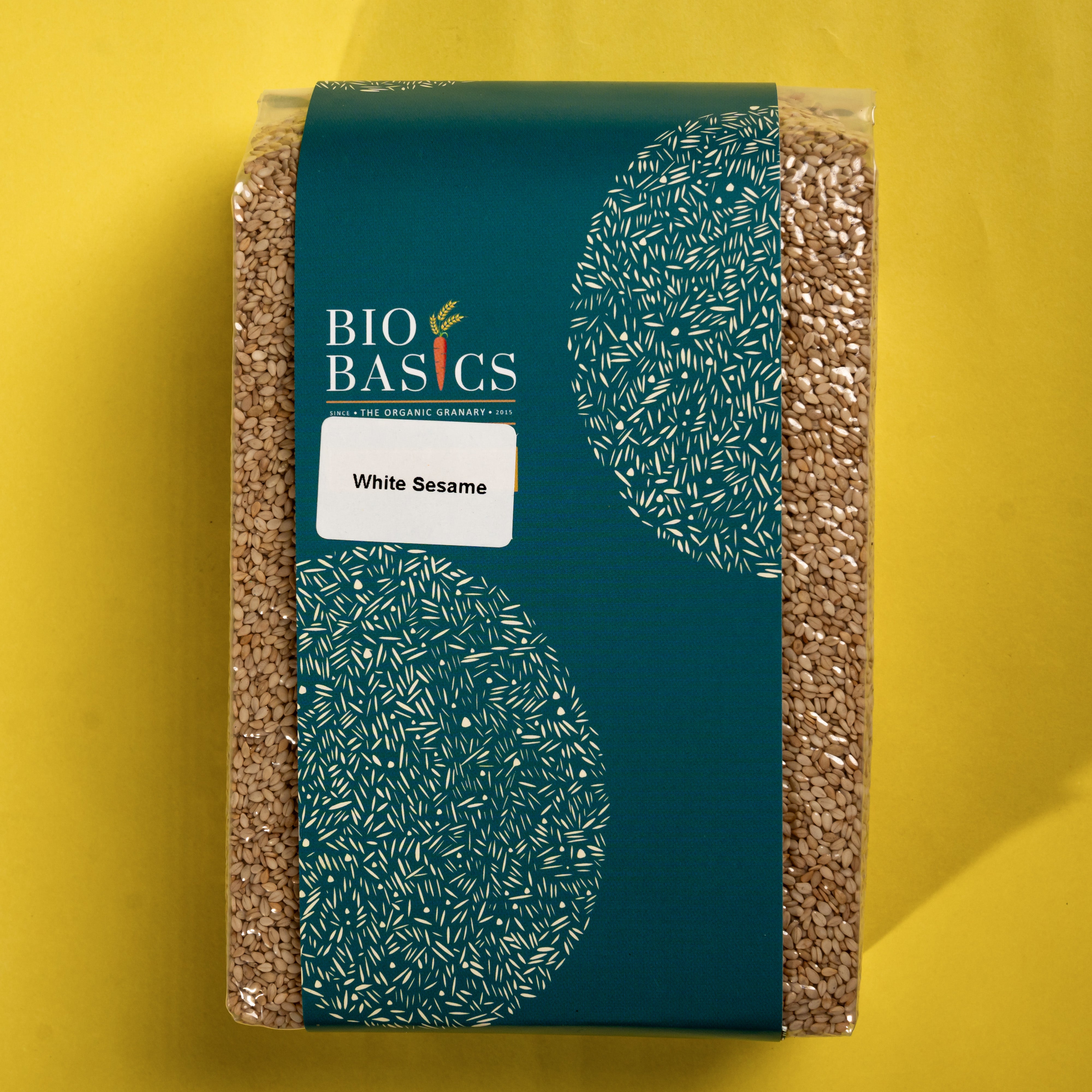
7 am on a Sunday morning might be too early for some of us, but not for 20+ folks who gathered at an organic farm at the outskirts of Coimbatore at the Wild Food Walk organised by Bio Basics, to follow the lead of Shruti showing us all plants which we have seen numerous times, but only in wilderness, and not on our dining tables or even our kitchens.
Each participant contributed tid bits on each plant Shruti talked about. The history, geography, the science, the culinary art, the health angle, tradition and legend - all bouncing around among us, as we sauntered around the farm.

Here are 10 learnings from this Walk:
1. There is so much science (Botany!) about these plants that we don’t know. Contained in research reports or local folklore, the facts about these plants are simply fascinating.
2. Why are these plants treated as weeds? They are plants in their own right. Part useful, part poisonous, but wholly natural. Just because they have a mind of their own, and resist domestication by humans, they cannot be grown/transported/stored in scale, and don’t fit into our modern food-agri paradigm. Hence murdered by the mainstream!
3. So many useful health tips about each plant, about their medicinal properties, either as food or as an external topical application. All excellent home remedies!
4. Not to forget, these are almost zero budget food and cure! Readily available in your backyard, waiting to be plucked, processed at home, mixed with food at times. No superstores, no bills, no G-pay!

5. But watchout! These plants are exposed to the chemicals used by some of our not-so-friendly neighbours. So make sure they are free from toxic chemicals before you consume them. Not all that grows in the open is free from chemicals, sadly!
6. It is fantastic to explore and bring home the cuisines from various States using recipes that have been around for ages. Just tapping into their cultures enriches ours.
7. If animals can do it, we can too. Many animals are used to “Zoopharmacognosy” - use of plants as medicines. I see Mia, our Indie dog, and Mooi, our Queen cat, doing this every time they have a health episode. On their own. No GP, no prescription. Just instinct. Whatever happened to ours?!
8. Interwoven with the seasons and the local terrain, various cultures have ingrained these greens into their lives through trial and error over centuries. And now, we can bring them all home today.
9. Foraging among this kind of diversity of plants tells you how diversity is coded into the DNA of Nature. Untouched by human need for scale, these greens grow under the roof of Nature, available to all those who care to connect with Nature.
10. Imagine being able to talk about 10 plants around your garden or balcony with your friends (albeit at the cost of being seen as eccentric!), expressing your love for all things Natural. True, it is not for everyone. Some of us who have reached that stage of enlightened consciousness know what I am talking about.

The Walk ended up as a series of standing camps at 5-6 spots in the organic farm, exchanging information, stories, ideas around greens and creepers. Followed by an organic brunch (red rice Uma Kanji/porridge and a Kerala Puzhukku with raw Nendran banana cooked with Moong, complete with 3 types of finger-licking good pickles).

A good Sunday morning unlearning. And cleaning out the cobwebs (or shall I say the “weeds”) growing, not on the soil, but in our minds.
